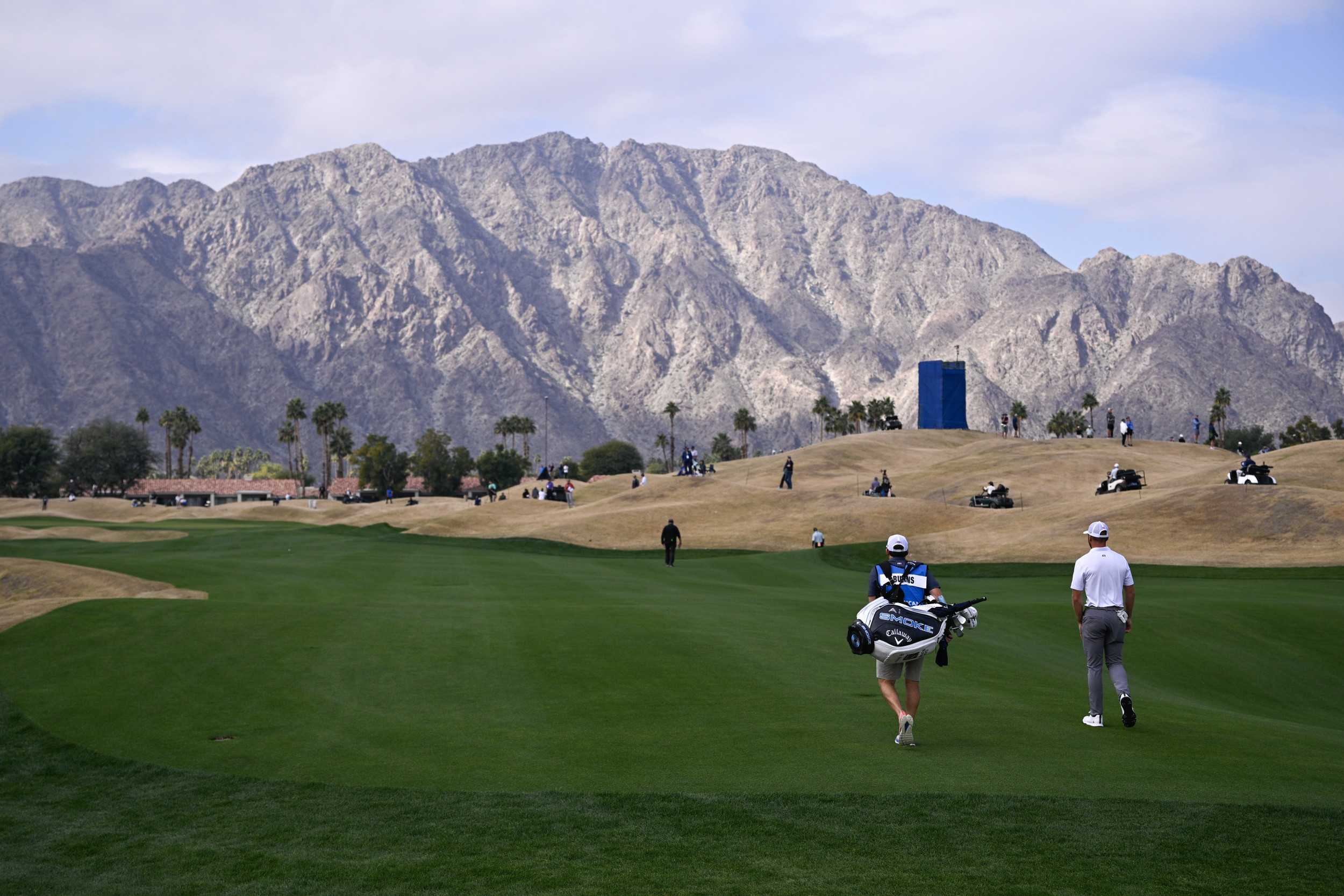The Pete Dye Stadium Course at PGA West is set for a significant refurbishment, restoring the 18 green complexes to maintain their original 1986 aesthetics, under Tim Liddy’s guidance. These upgrades, slated for completion during the summer closure, are poised to enhance the venue for The American Express tournament next January.
The renovations are not just updates; they’re a tribute to Pete Dye’s enduring vision, aiming to preserve the course’s historical essence while tuning it for contemporary competition. This initiative is part of a larger trend in golf management, where preserving classic designs is as important as updating facilities for today’s game. Key figures in this project include Tim Liddy, a noted golf architect, and the late Pete Dye, whose original designs are being revived.
The renovation covers over 12 acres, including bunkers and practice areas, and involves the extraction of four inches of turf to recover and refurbish the original green dimensions laid out in 1986. This process has preserved much of Dye’s design philosophy, which is integral to maintaining the course’s challenging nature and appeal. Denver Hart, the resort courses superintendent, revealed that the original greens were surprisingly well-preserved under layers of accumulated organic material.
“The green surfaces will be 143,000 square feet,” he said, as quoted by Golf Week. “The putting green alone will be 23,000 square feet.”
Orlando Ramirez/Getty Images
He continued: “It has surprised me the most that once we take off that four inches, they are really close (to original). We’ve not really changed any of them.”
Meanwhile, Ben Dobbs of PGA West highlighted the redesigned interactions with natural elements like rocks and water, adding both visual and gameplay enhancements.
“It’s pretty cool, because when we took the four to five inches of organic material off the top, what it did, and you can see it, is it brought the rocks back into play. Before, that green sat up on top and the rocks were around but had fallen off to the side. So now you kind of have this teeth and this jagged look back.”
Tim Liddy emphasized the commitment to Pete Dye’s original vision, noting:
“The thing that I have struggled with that we got through with the owner is do you want a 1986 Pete or do you want a 2020 Pete. They said we want a 1986 Pete. So that tells me, okay, that’s not what he would have done today, but it’s what we did in 1986.”
He continued:
“It has surprised me the most that once we take off that four inches, they are really close (to original). We’ve not really changed any of them.”
Technical elements of the project include the use of tifeagle Bermuda grass and TifTuf Bermuda, sourced from Evergreen Turf in Arizona. These choices support the wider greens and proximity to iconic course features like the railroad ties and water hazards. The bunkers are also redesigned to return to Dye’s preferred flat surfaces, enhancing the course’s traditional look and feel.
Following these renovations, the course will undergo a regular overseeding process in the fall to ensure optimal conditions for The American Express in January. Continuous oversight by PGA Tour officials like Pat McCabe will be checking that the renovations meet the exacting standards necessary for professional tour events. Further improvements may continue as part of PGA West’s ongoing commitment to maintaining and enhancing its courses.
As this massive renovation concludes and the course reopens, both players and spectators can look forward to experiencing a blend of historical reverence and modern golf challenges at next year’s American Express tournament, witnessing first-hand the reinvigoration of Pete Dye’s innovative design.
Uncommon Knowledge
Newsweek is committed to challenging conventional wisdom and finding connections in the search for common ground.
Newsweek is committed to challenging conventional wisdom and finding connections in the search for common ground.

